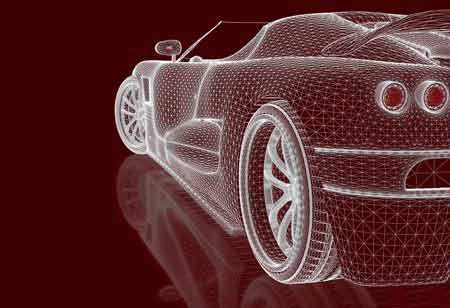Thank you for Subscribing to Energy Business Review Weekly Brief
A Brief Abstract of Solar PV Power Plant Working
Photovoltaic power plants convert sunlight into useful electricity by using vast areas of PV cells,

By
Energy Business Review | Wednesday, April 14, 2021
Stay ahead of the industry with exclusive feature stories on the top companies, expert insights and the latest news delivered straight to your inbox. Subscribe today.
The thin-film solar panel is well suited for use as flexible films over existing surfaces or as part of building materials like roofing tiles.
FREMONT, CA: Photovoltaic power plants convert sunlight into useful electricity by using vast areas of PV cells, also known as Photovoltaic or solar cells. These cells are often made of silicon alloys and are the technology most people know; some might even have one on their roof.
The panels themselves come in various forms, including:
Crystalline Solar Panels: These panels are built of crystalline silicon, as the name implies. They might be monocrystalline or polycrystalline (or multi-crystalline). Monocrystalline versions are often more efficient (about 20 percent or higher) but more expensive than their alternatives (typically 15-17 percent efficient); however, advances gradually decrease the gap between them.
Thin-Film Solar Panels: These panels are built of a succession of thin sheets that absorb light from various sections of the electromagnetic spectrum. Amorphous silicon (a-Si), cadmium telluride (CdTe), cadmium sulfide (CdS), and copper indium (gallium) diselenide are the most common materials used. This type of panel is well suited for use as flexible films over existing surfaces or as part of building materials such as roofing tiles.
Solar panels of this type generate electricity, which is usually sent directly into the national grid or stored in batteries.
Working on a Solar PV Power Plant
Solar PV power plants operate in the same as that small-scale PV panels do at home. Most solar PV panels are built of semiconductor materials, usually silicon. When photons from the sun smack a semiconductor material, free electrons are produced, which can flow through the substance to generate an electrical current.
The name of this phenomenon is The photoelectric effect. However, before it can be immediately consumed or fed into the electrical grid, the DC must first be converted to Alternating Current (AC) using an inverter.
PV panels vary from other solar power plants in that they directly utilize the photoelectric effect, eliminating the need for other processes or devices. For example, unlike solar thermal plants, they don't require a liquid heat-carrying medium like water. In addition, PV panels do not concentrate energy; instead, they transform photons into electricity, subsequently sent to another location.
See Also : Semiconductor Review






